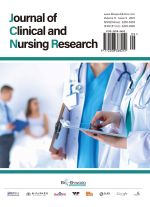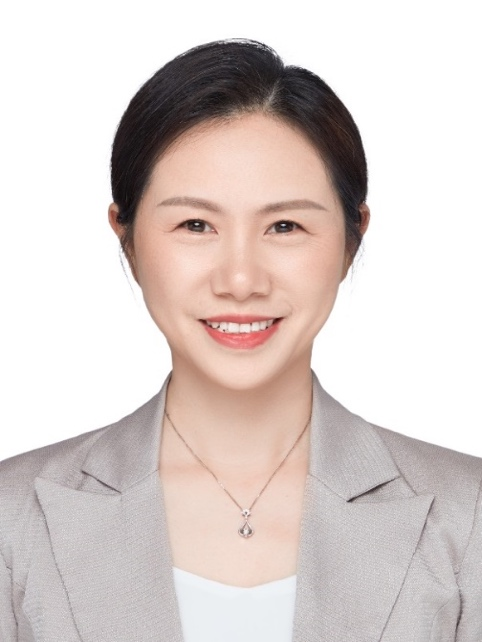Study on Nursing Measures of Abdominal Distension in Patients after Endoscopic Polypectomy
Abstract
Endoscopic polypectomy (EP) is the preferred method for the treatment of rectal polyps because of its micro-trauma and rapid recovery. However, the incidence of postoperative abdominal distension can reach 15–30%. This common complication seriously affects the quality of life of patients after surgery, prolongs the length of hospital stay, and may even be complicated by perforation and other problems. This article systematically reviews the latest research progress on the mechanism, related influencing factors and targeted nursing interventions of abdominal distension after EP, so as to explore effective interventions for postoperative comprehensive nursing, which has core value for improving the postoperative experience and prognosis of EP patients.
References
Chinese Society of Digestive Endoscopy, Chinese Medical Association, 2019, Chinese Guidelines for Bowel Preparation for Endoscopic Diagnosis and Treatment. Chin J Digestive Endoscopy, 36(7): 457–469.
Wang L, Zhang M, Li H, 2021, After Early Activity on Colorectal Polyp Endoscopic Resection in Patients with Gastrointestinal Functional Recovery. Chin J Modern Nursing, 27(15): 2022–2025.
Chen F, Liu H, Zhao Y, 2022, Effect of Abdominal Massage Combined with Acupoint Application on Relieving Abdominal Distension After Endoscopic Submucosal Dissection. Chinese Journal of Nursing Care, 37(4): 46–48.
ERCP Group of Chinese Society of Digestive Endoscopy, Chinese Medical Association, 2023, Expert Consensus on Exercise Management of Patients During Perioperative Period of Digestive Endoscopy (Beijing). Chinese Journal of Digestive Endoscopy, 40(5): 321–326.
Digestive Endoscopy Committee of Chinese Association of Integrated Traditional Chinese and Western Medicine, 2022, Endoscopic Submucosal Dissection Surgery Perioperative Nursing Expert Consensus Which Combines Traditional Chinese Medicine with Western Medicine. Chinese Journal of Integrated Traditional Chinese and Western Medicine Digestion, 30(11): 769–775.
Lv M, Wang Y, Zhang Z, et al., 2020, Efficacy of Simethicone and Early Ambulation in Reducing Postcolonoscopy Abdominal Discomfort: A Randomized Controlled Trial. Gut Liver, 14(3): 338–344.
Zhang Y, Lin Z, Fang Y, et al, 2021, Acupressure for the Prevention of Postcolonoscopy Abdominal Pain and Distension: A Randomized Controlled Trial. Complement Ther Med, 63: 102788.
Zhu H, Wang Q, Li J, 2024, Effect of Comprehensive Nursing Intervention Based on Traditional Chinese Medicine on Gastrointestinal Function Recovery After Endoscopic Submucosal Dissection for Gastric Neoplasms, Medicine (Baltimore). 103(2): e36870.
Hsu W, Pan Y, Wong C, 2023, Optimal Bowel Preparation Scale in the Real World: A Prospective Study of 6,347 Colonoscopies. Gastrointest Endosc, 97(6): 1113–1121.e1.
Wu J, Hu B, 2018, The Role of Carbon Dioxide Insufflation in Colonoscopy: A Systematic Review and Meta-Analysis. Endoscopy, 50(4): 366–377.


